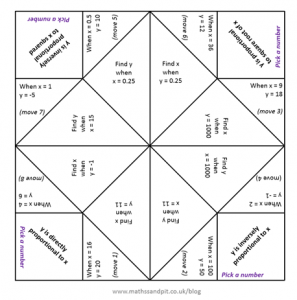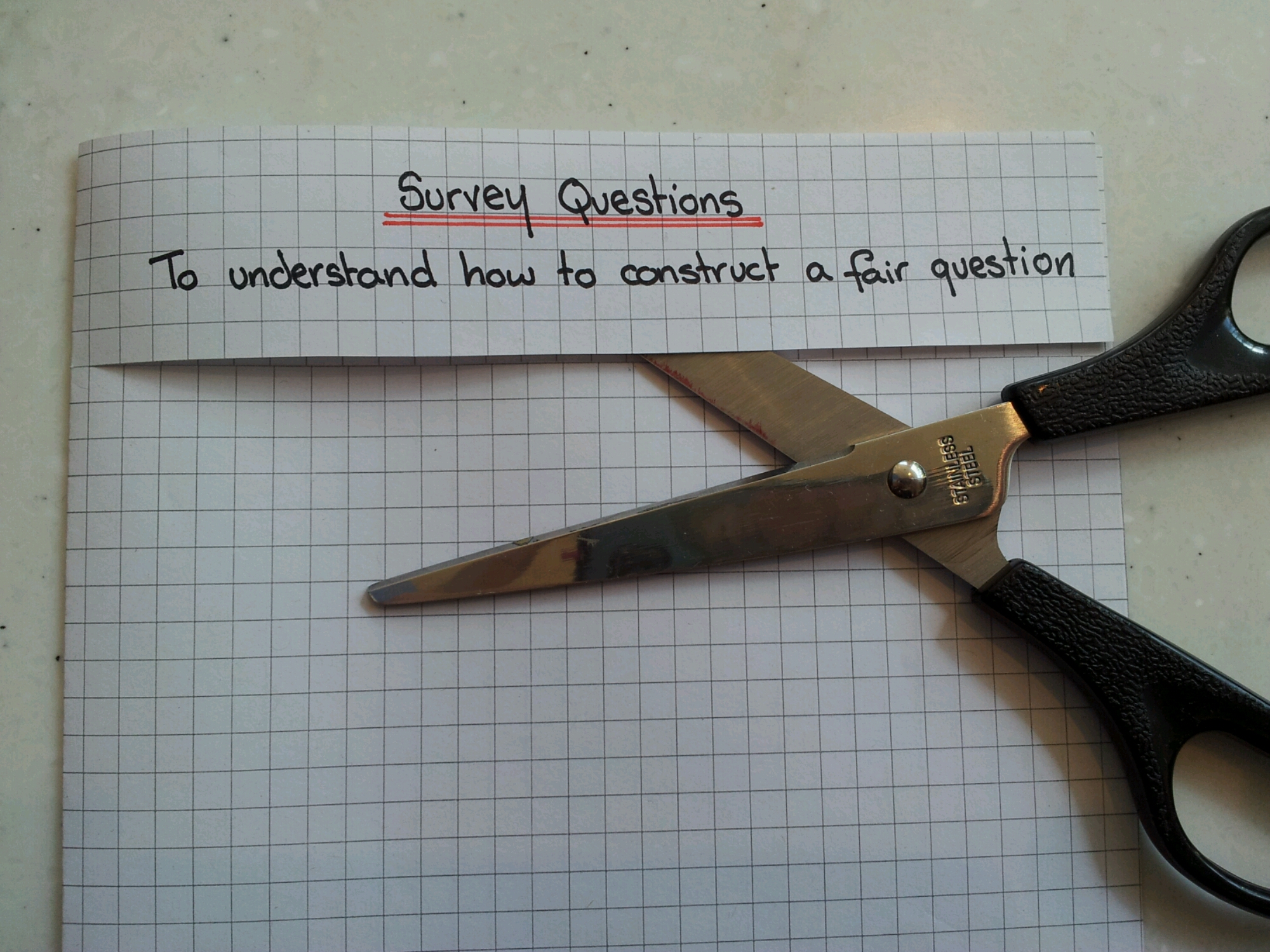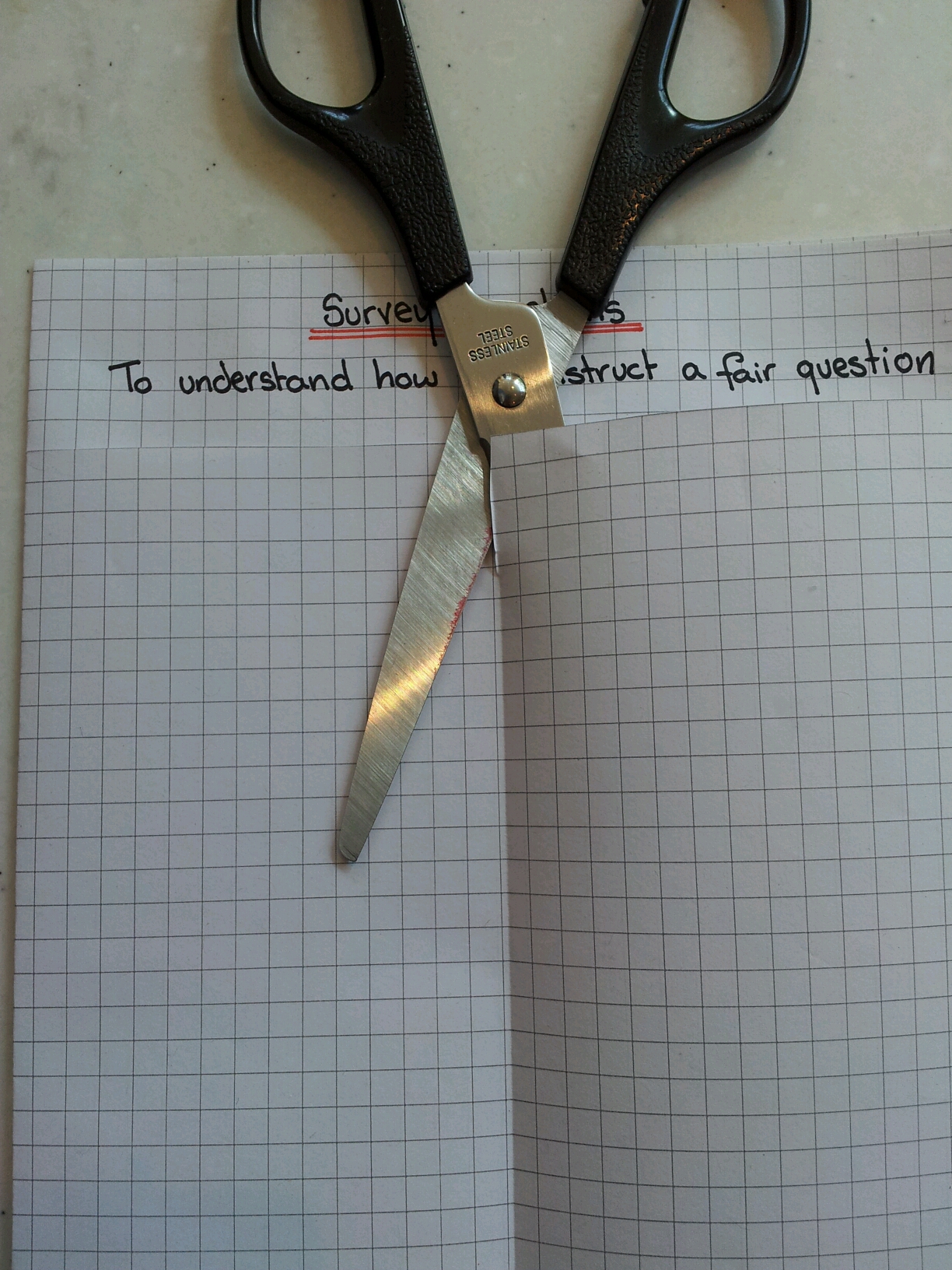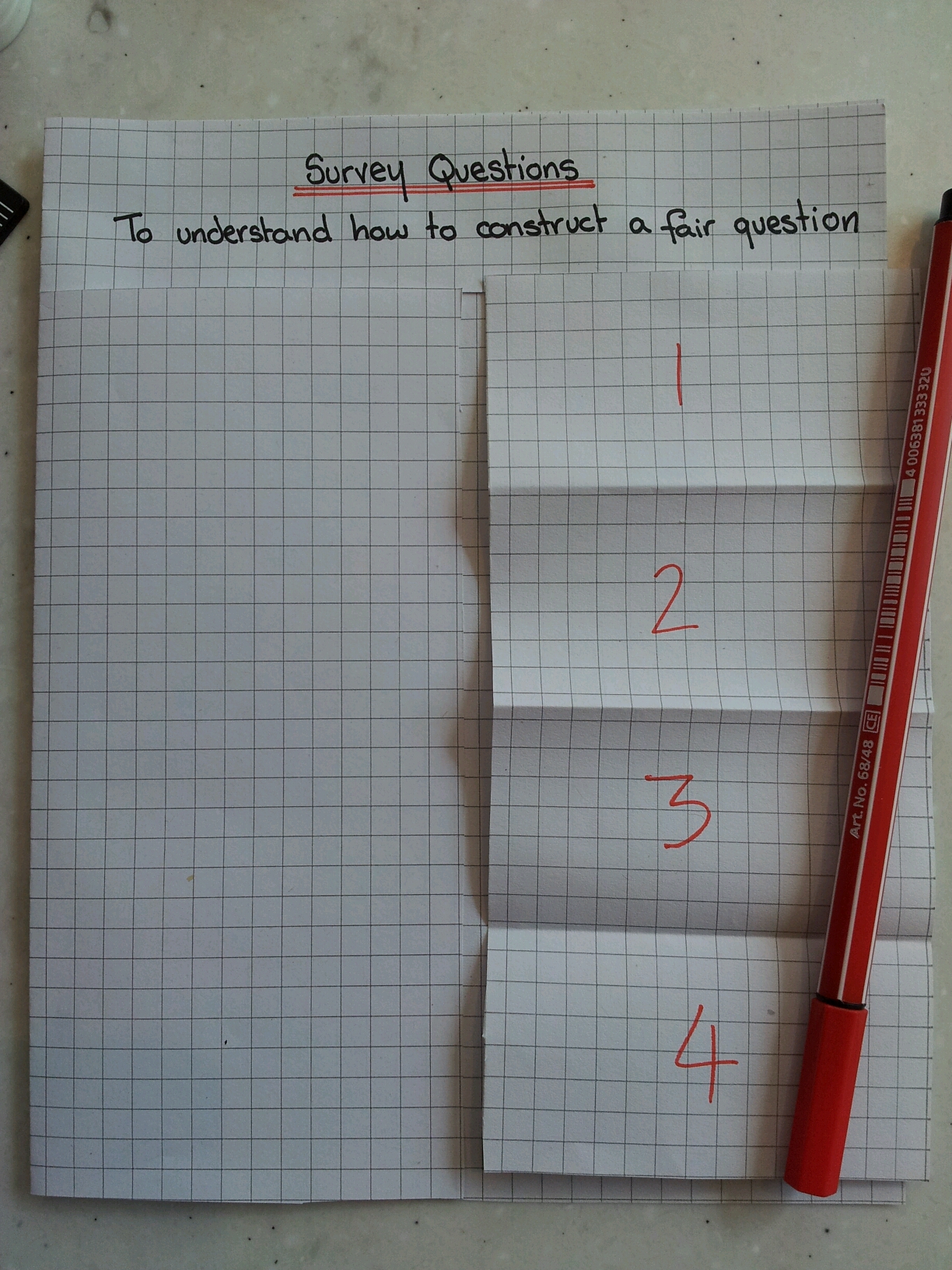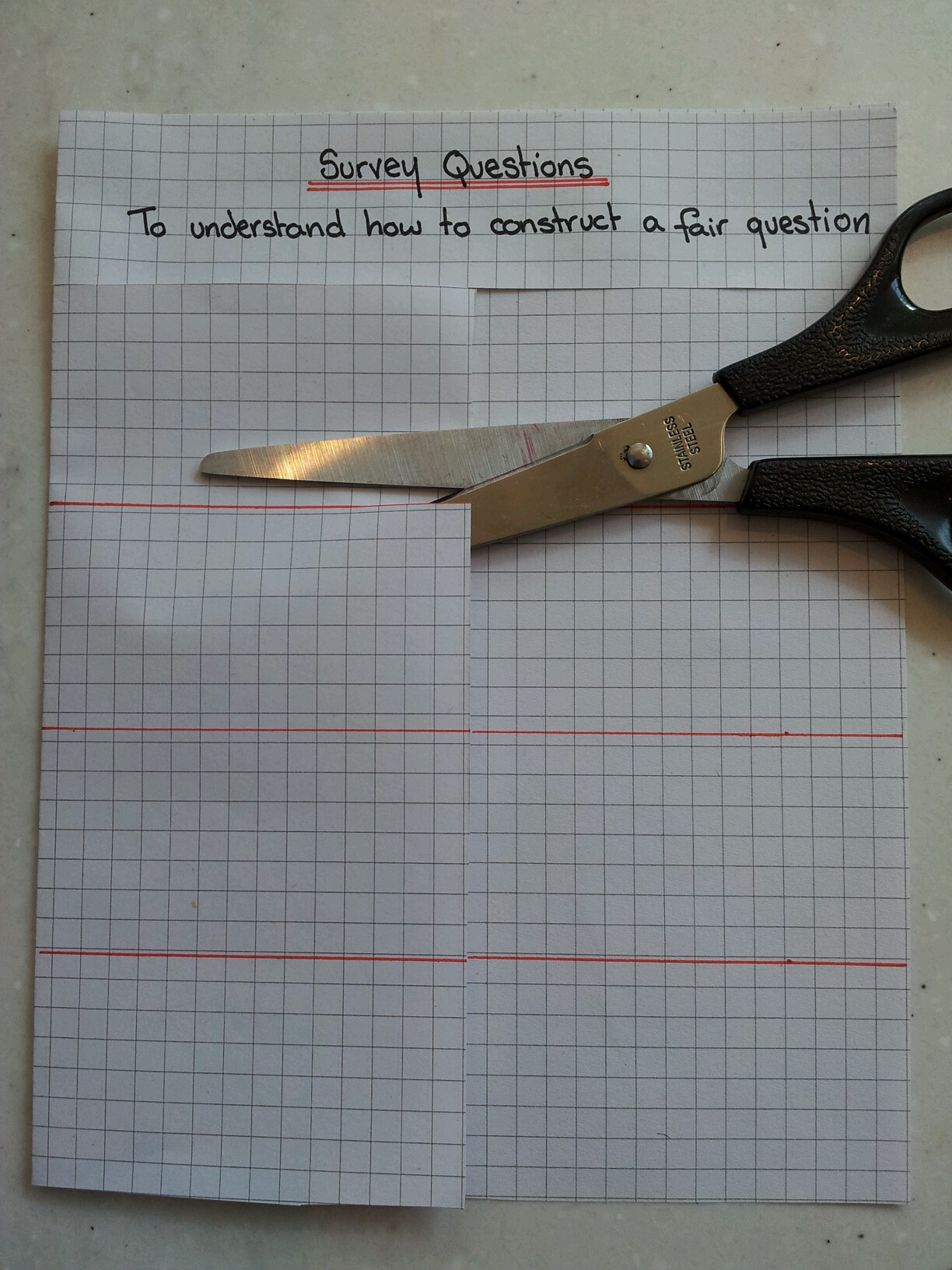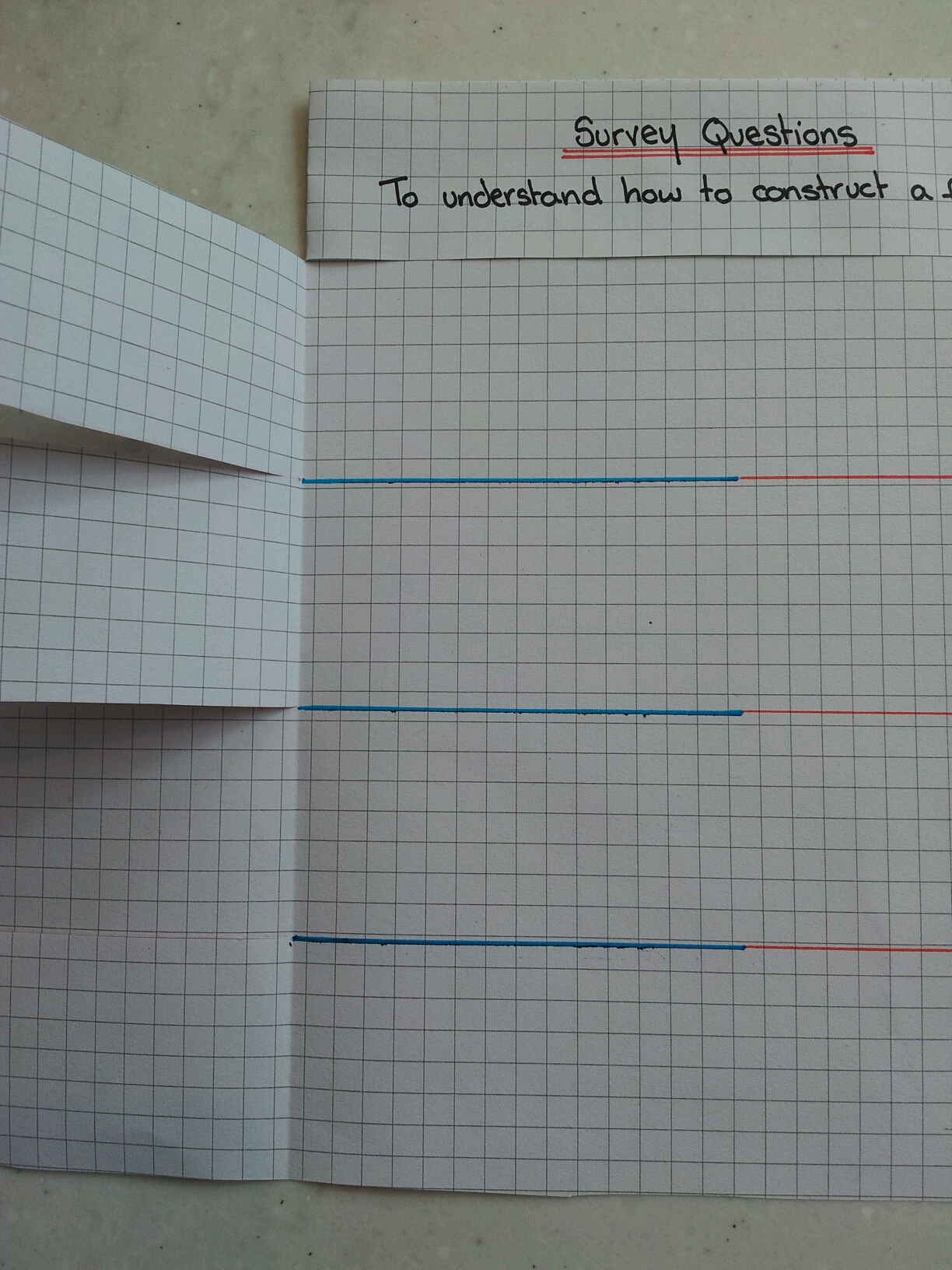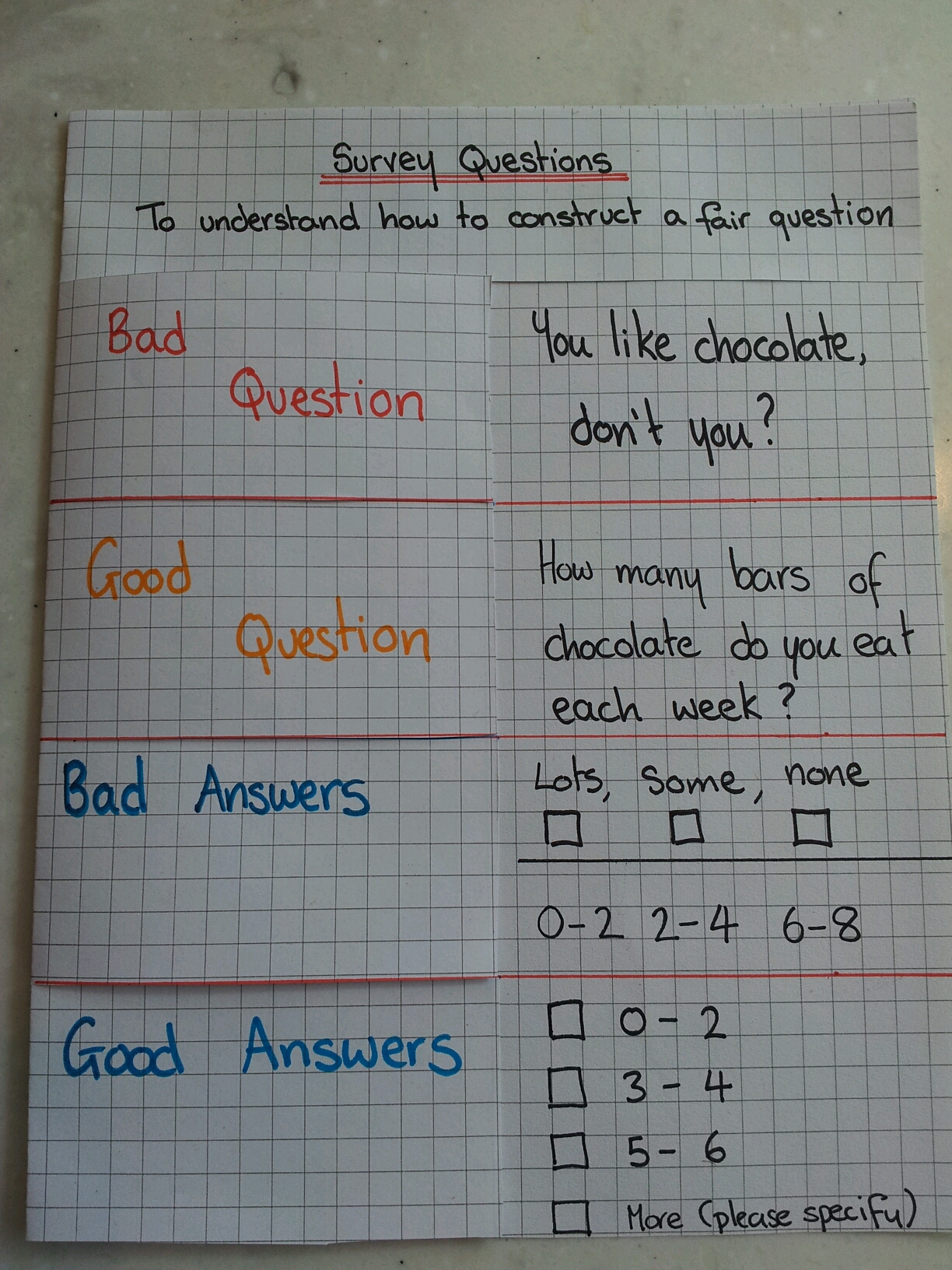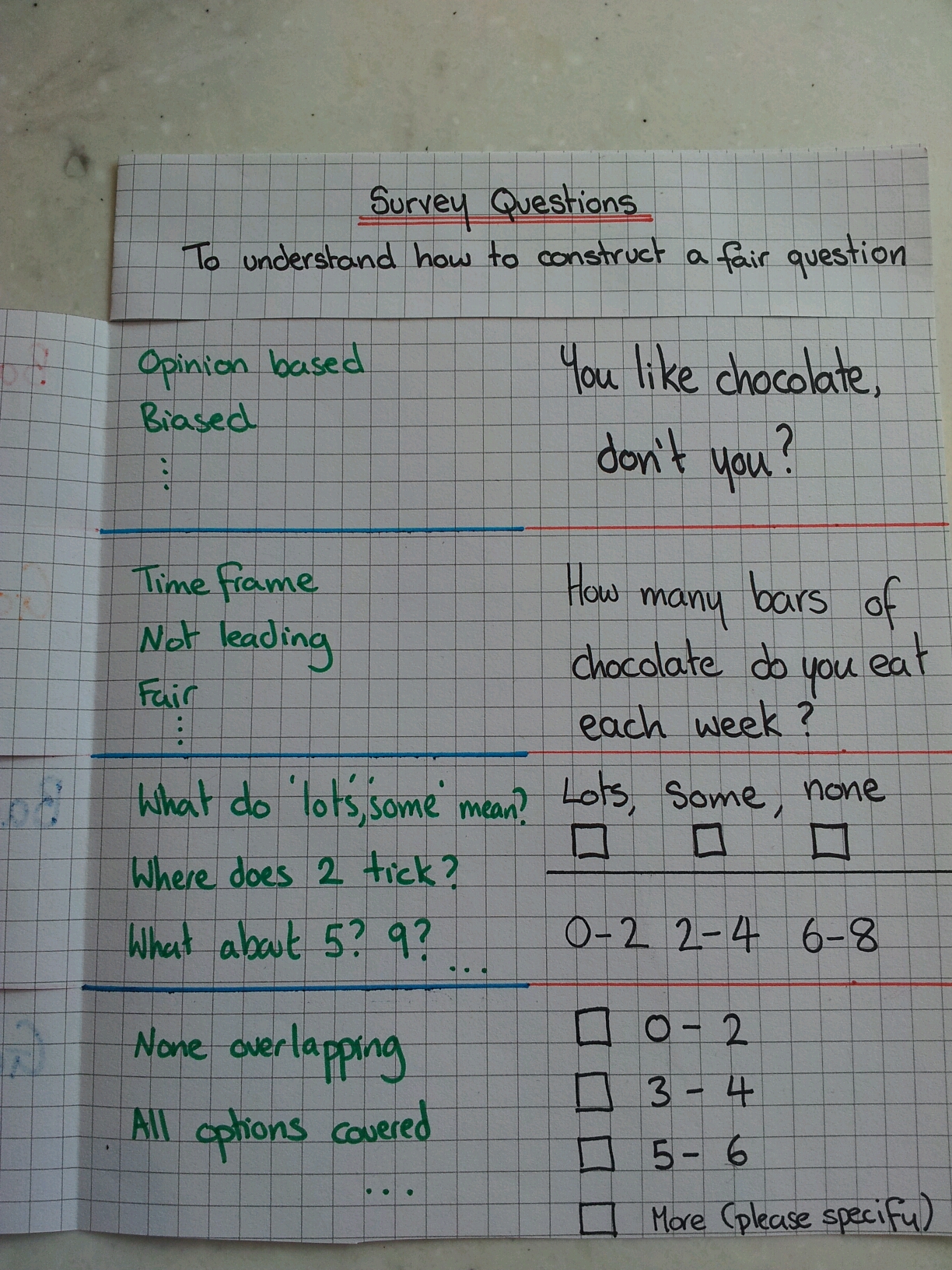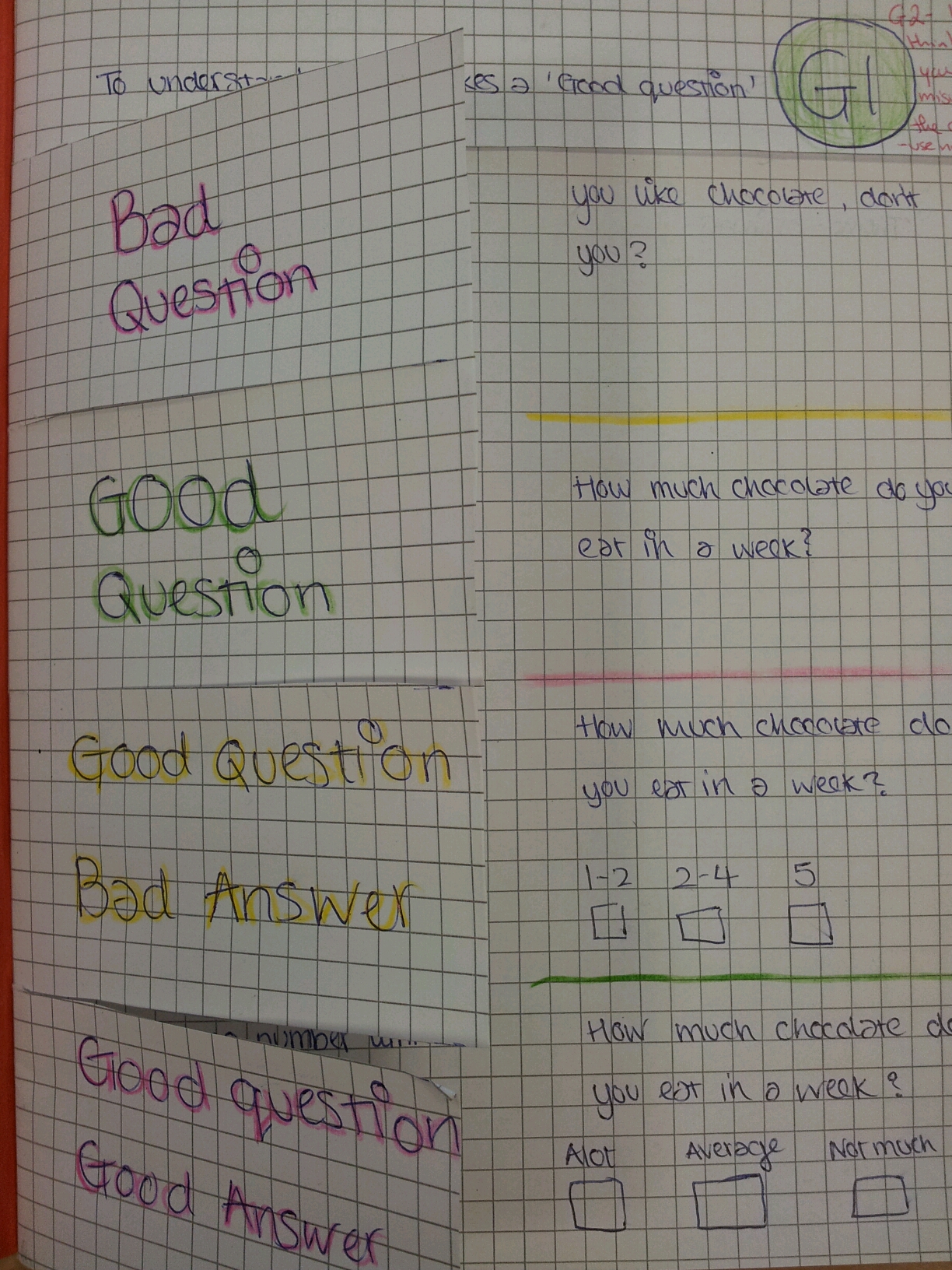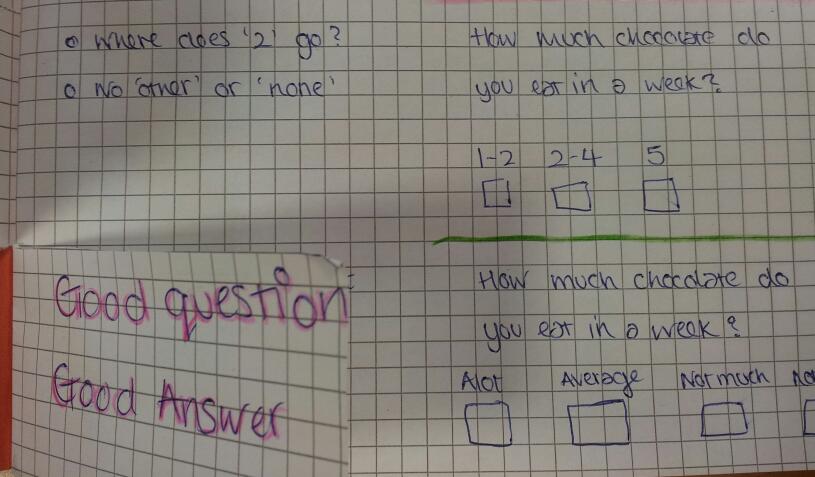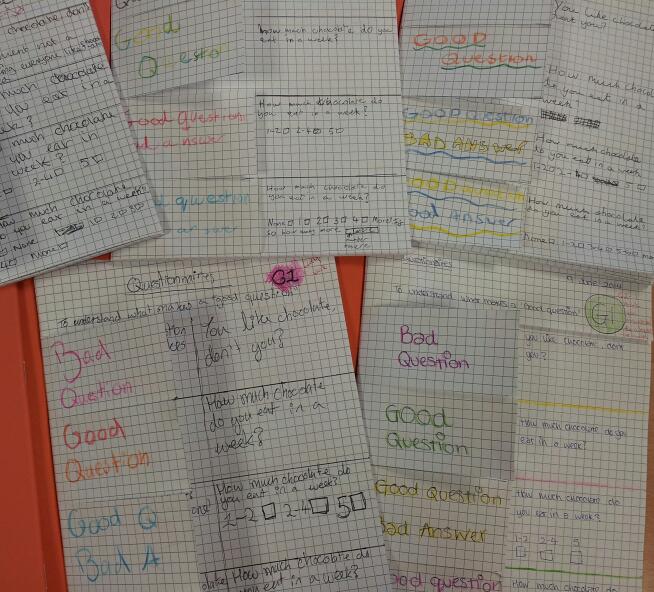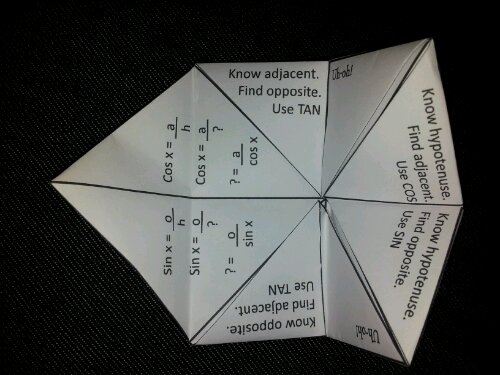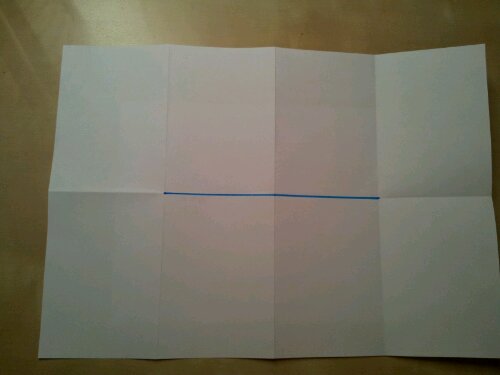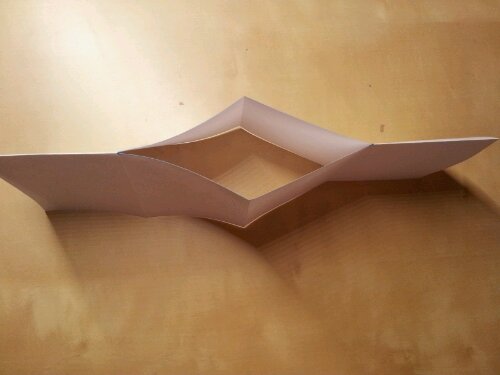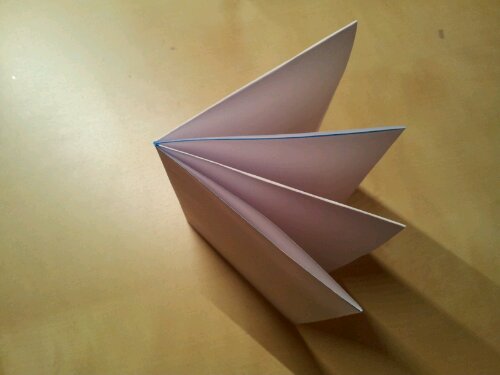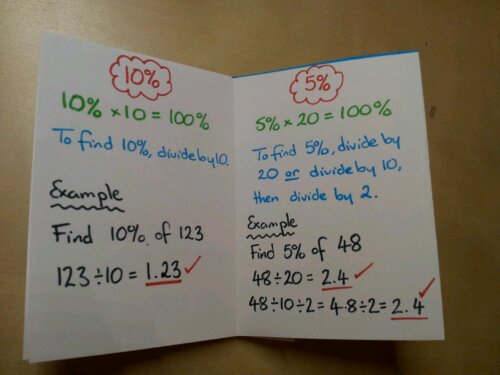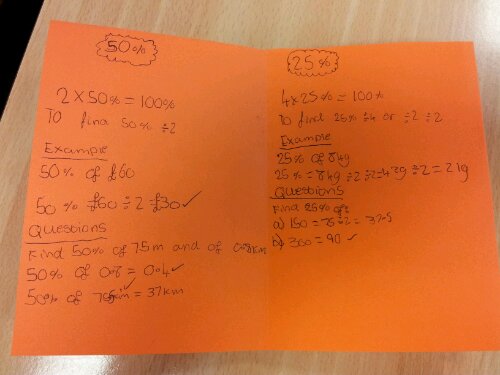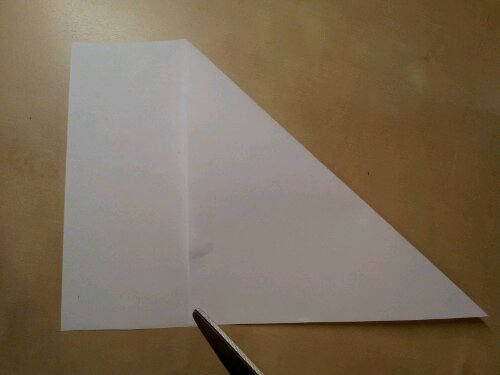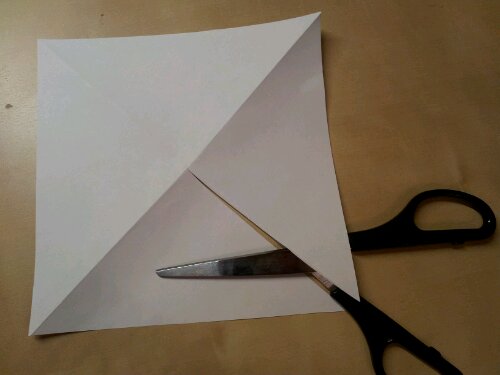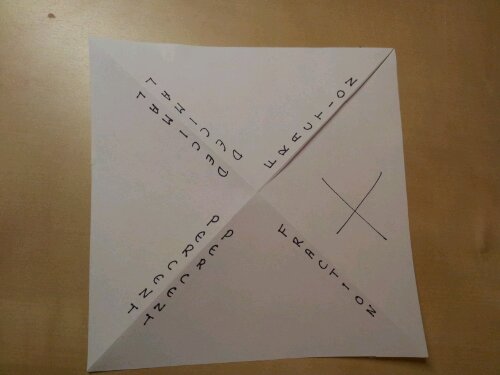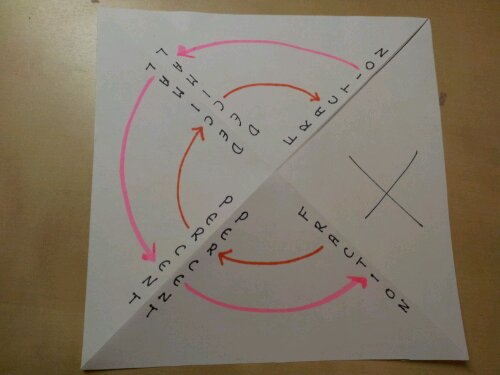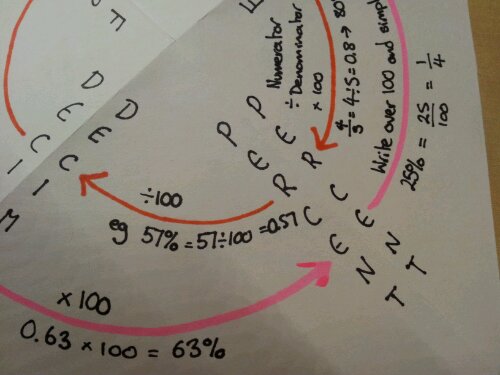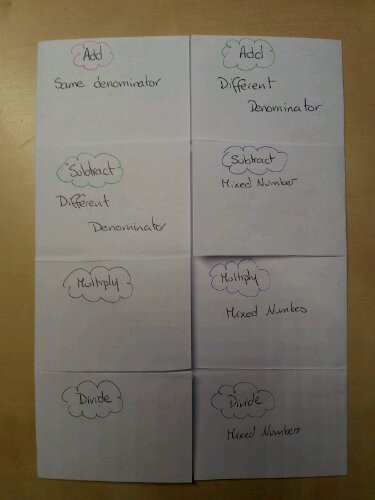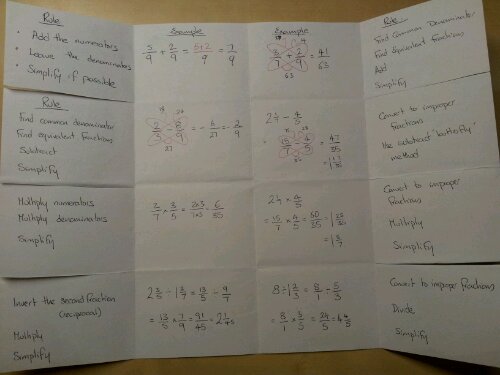Hi to all those who went to Mathsconf5, in Sheffield.
If you liked the proportion snapdragon you can download it here: Proportion Snapdragon
If you liked the trigonometry snapdragon you can download it here: Snapdragon download
There are instructions for it here: Trigonometry Snapdragon
If you’d like a snapdragon template or instructions on how to fold it click here: http://mathssandpit.co.uk/blog/?p=667
If you want more foldables after the Paper Maths session, run by the lovely @MsSteel_Maths, I can recommend this resource: Foldables by Dinah Zike
(Note: this pdf is widely available and a version of it is free to download from Dinah Zike’s website, however if you represent Ms Zike and there is a copyright issue please contact me in the comments below)

